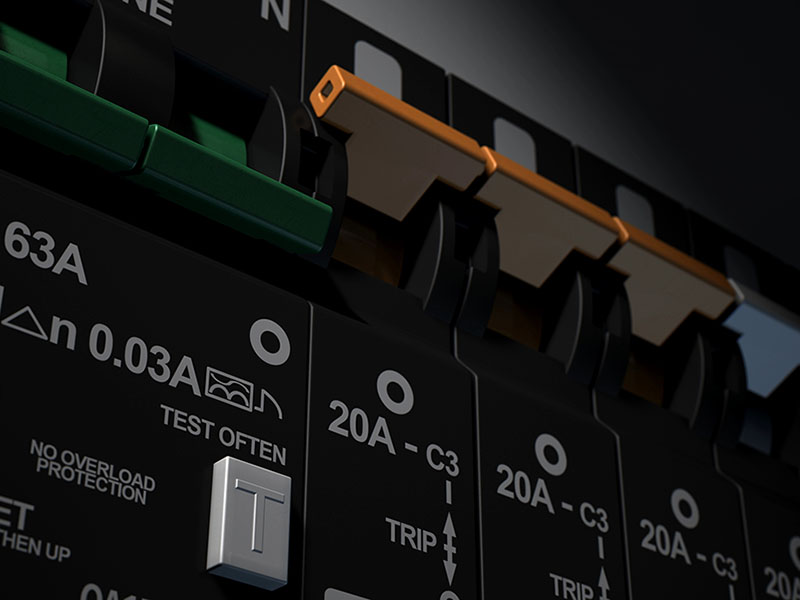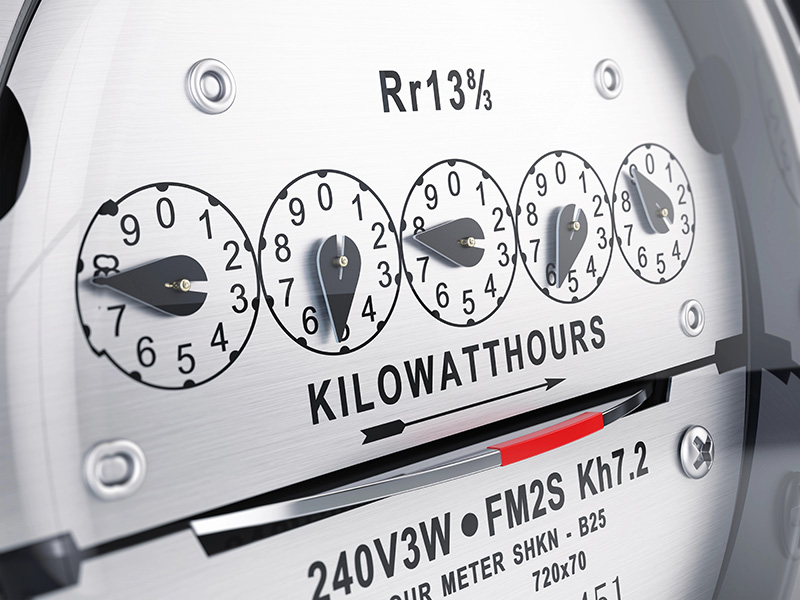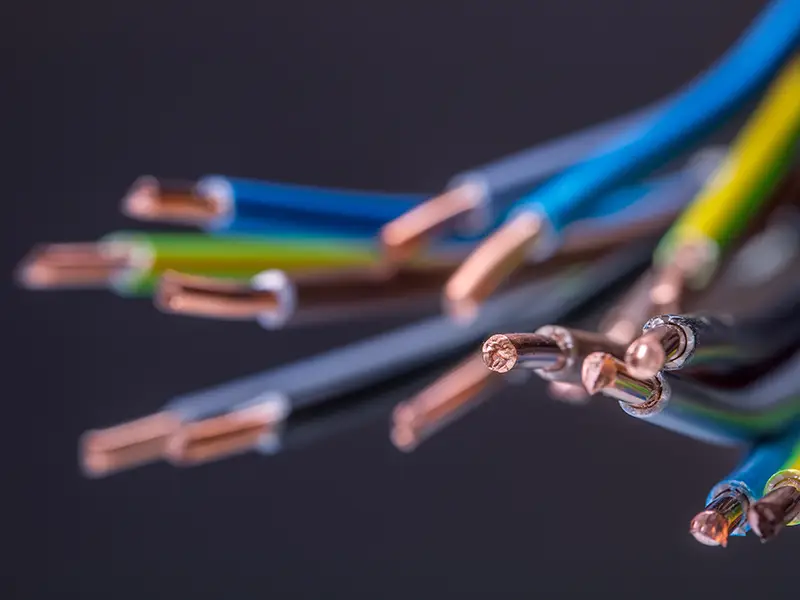arizona
The Benefits of Upgrading to Energy-Efficient Appliances
Energy-efficient appliances offer a significant advantage in both environmental sustainability and personal finances. By investing in these appliances, you can reduce your carbon footprint and lower your monthly utility bills. Modern energy-efficient appliances are designed to use less energy while maintaining the same level of performance. This means you can enjoy the same comfort and…
Read MoreSmart Home Technology
Smart home technology offers various benefits by integrating devices and appliances through a centralized network,
Read MoreTripping Breaker? Get It Fixed!
If one of your breakers keeps tripping, it’s a clear sign that something in your electrical system is demanding more power than the circuit can safely handle.
Read MoreThe Truth about Standby Power Consumption
Standby power consumption occurs when electrical devices consume energy even when turned off or in standby mode.
Read MoreElectrical Wire Gauge
Wire gauge is a measurement of wire diameter. This determines the amount of electric current a wire can safely carry.
Read MoreDon’t Do It Yourself: Home Electrical Safety
When it comes to home improvement projects, the allure of tackling tasks on your own can be tempting.
Read MoreAdvances in Electrical Technology
Advances in electrical technology have significantly shaped our modern world.
Read MoreThe Crucial Need for Electrical Upgrades in Vintage Homes
In the charm and character of an older home lies a hidden element that often goes overlooked until issues arise – the electrical system.
Read MorePowering the Future
The future of electricity is a dynamic and evolving landscape, shaped by technological advancements, environmental considerations, and shifting consumer demands. As we move towards a more sustainable and interconnected world, the way we generate, transmit, and consume electricity is undergoing a profound transformation. At the forefront of this transformation is the rapid growth of renewable…
Read MoreThe Benefits of Modern Electricity
Modern electricity has brought significant benefits to society, making our lives easier, more efficient, and more connected. Electricity has replaced many manual tasks, which has led to increased efficiency and productivity in almost every industry. The ability to transmit electrical signals has revolutionized communication. With the help of electricity, people can communicate across the globe…
Read More








